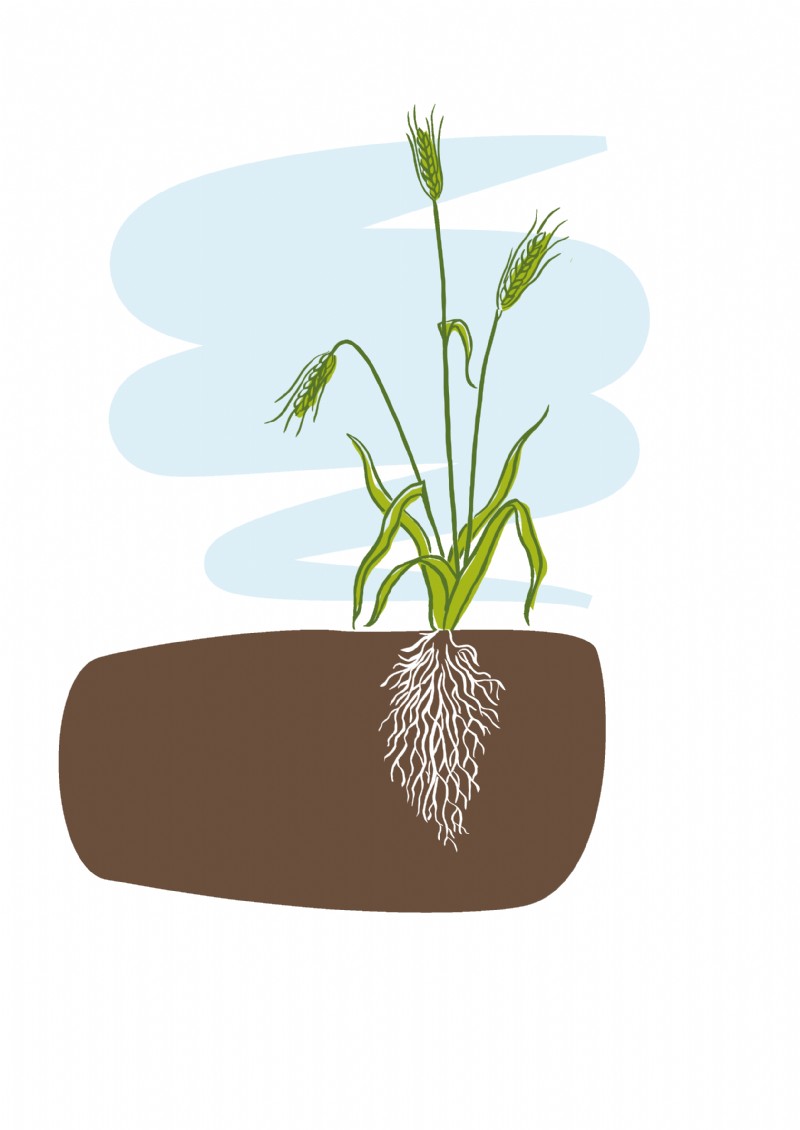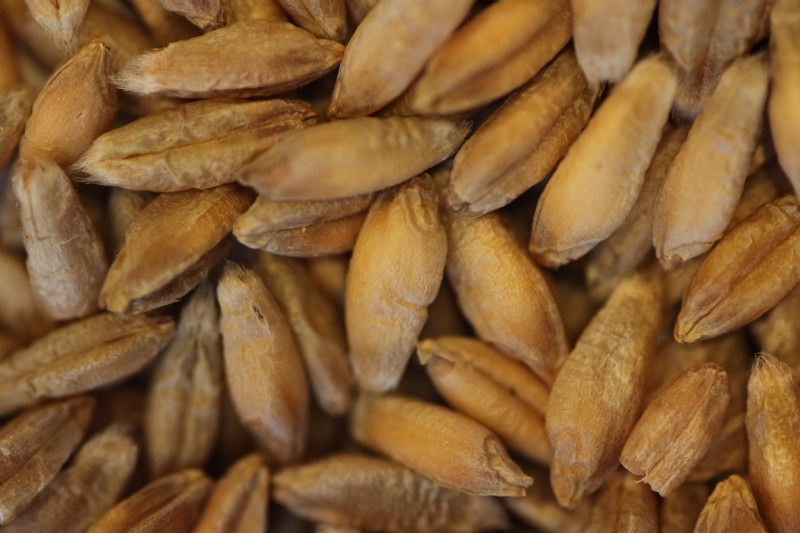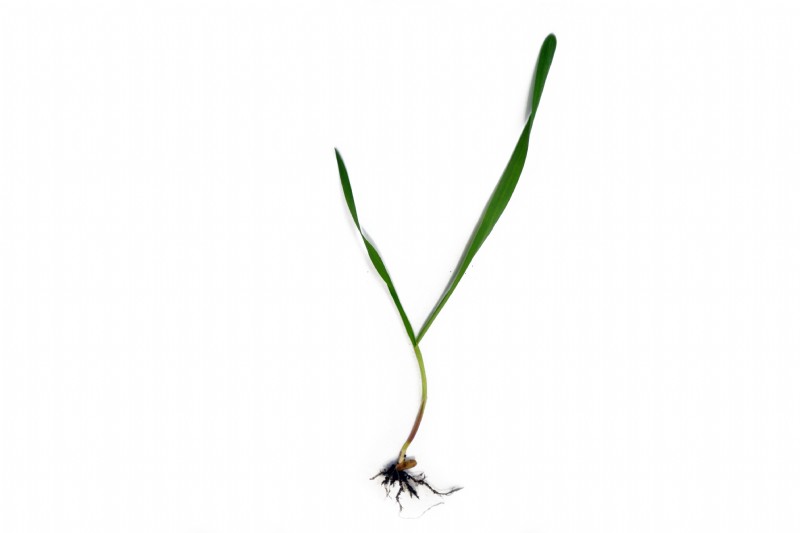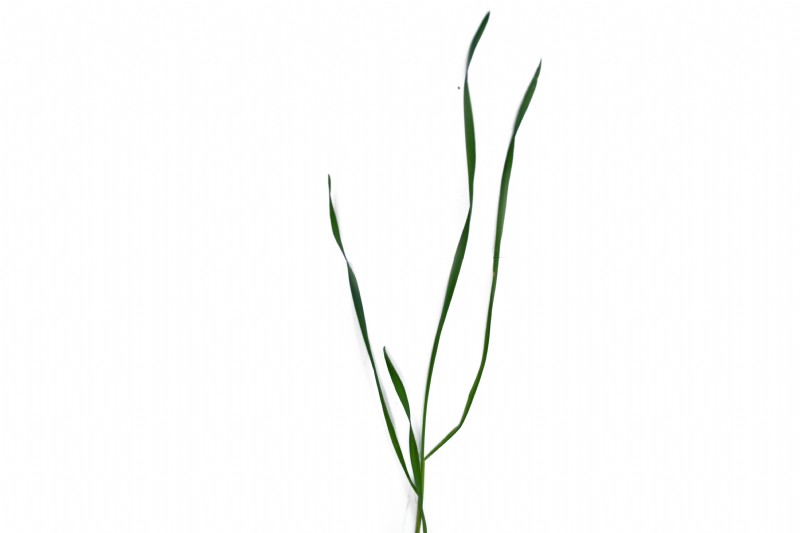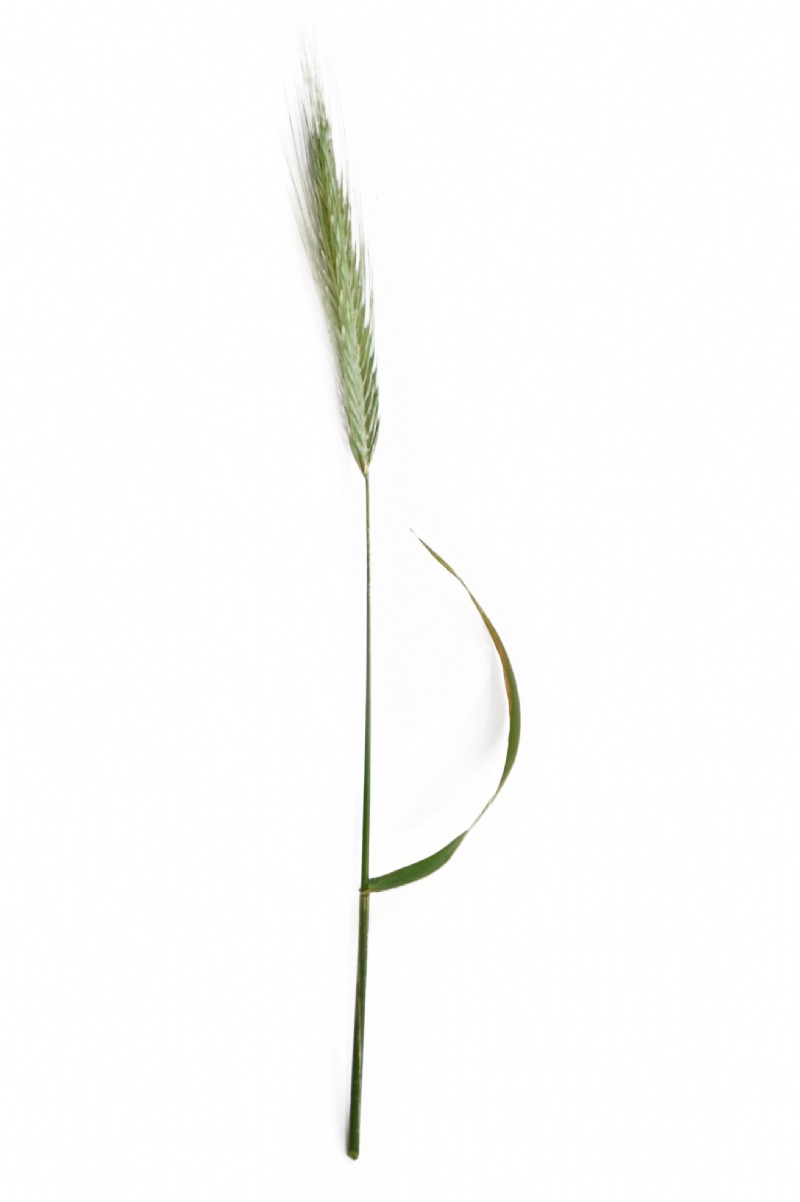Rye
Also known as grazing or cereal rye, this is one of the most effective crops for reducing nitrogen leaching over the winter and it also has good early winter growth, making it one of the best winter green manures. It will also give the earliest spring growth, which may be used for clean early spring grazing. It should not be confused with Ryegrass, as this is a different species, with different characteristics
Uses
Used for over-winter cover and early spring grazing and soil improvement.
Persistence
Grazing rye is a short lived annual species.
Strengths
Grazing rye rapidly produces large amounts of biomass. It is usually sown in the autumn in order to establish over winter cover. It is also very early to grow in the spring and suits many soil types.
Frost Tolerance
Grazing rye is extremely tolerant to frost
Yield
5 - 6t DM per ha.
Sowing Rate Advice
75kg per acre / 187.5kg per ha
The above rates are for a pure stand. Grazing rye seed is large and should be drilled to a depth of 2-3cm. The soil should be rolled after sowing to increase soil contact with the seed.
Mixture Sowing Rate Advice
50kg per acre / 125kg per ha
It is often sown in a mixture with vetch, with the overall sowing rate of 75kg per acre / 187.5kg per ha.
Ideal Sowing Time
Grazing rye is usually sown in the autumn, it has the advantage of having a later sowing window than most grass species and the true clovers, often sown into mid September.
Management
Rye can be flailed or grazed and incorporated before the next crop. As some plants break down after incorporation, The root exudates can inhibit the germination of other nearby species This is known as allelopathy. While this can be a useful situation with regards to inhibiting weed seedlings, it may reduce the germination of the following crop, especially if it is a small seeded species. To reduce this effect a period of 6 weeks should be left before sowing the next crop. If left unmanaged the rye crop can reach 1.5 - 2 metres in height from April onwards.
Distinguishing characteristics
Seed
The seed is an oblong shape, leading to a blunt point at one end. It has a silvery, white colour and a papery texture. The seed is approximately 7 - 8mm in length.
Seedling
The Cereal rye seedling firstly produces a coleoptile above ground, before going onto the first leaf. Generally this seedling tissue is a dull green colour, with twisted leaves and a blunt tip. In some instances the young seedling may appear purple in colour rather than green, this could be due to plant stress, however in the large majority of cases the seedlings grows through the phase.
Flowering Plant
Generally a matt blue to green plant, although prostrate during establishment, it becomes an upright plant as it matures.
Each leaf blade twists clockwise, with a hairy leaf sheath.
Notably both the ligules and the auricles are short.
As it matures the spikelets develop long awns.
It has a densely fibrous root system.
Additional Info
Average seeds per kg - 26,000. Please order this seed early as rye seed is usually combined, cleaned and sown in the same season, It is available from late august / early September and stocks will deplete quickly. Occasionally rye seedlings may have a reddish tint, which they normally grow though as it matures.
Works well with
Growing a N lifter and a fixer together is the best way of improving soils over winter. Cereal rye and vetch are excellent companions and usually very reliable.You can find Rye in the following mixtures


